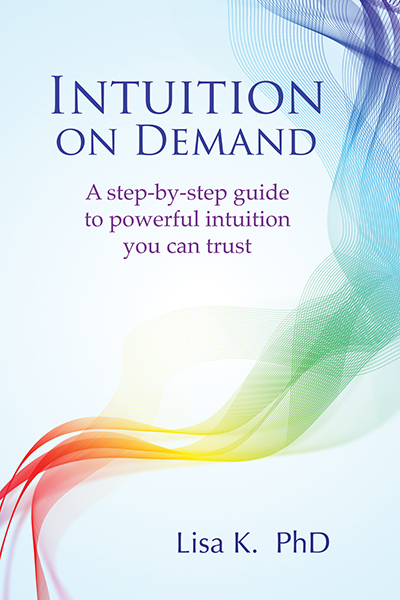Written by Lisa Kumaradjaja

(Editor’s note: Lisa Kumaradjaja, a Briarcliff Manor resident, is the author of the new “Intuition on Demand: A Step-by-Step Guide to Powerful Intuition You Can Trust.” Here she offers an introduction to this intriguing, oft-misunderstood instinctive ability or notion.)
WHAT IS INTUITION?
A simple definition of intuition is knowing without knowing how you know it. Intuition is not guessing. It is not deduction. It is not “figuring it out,”
nor is it thinking.
The source of intuitive knowledge is thought to come from one of two places — the subconscious, where it is produced by internal information you’ve gathered, processed and perhaps forgotten about and are not conscious of; and information that comes from outside of you, such as from your higher self or divine consciousness.
Of course, it doesn’t really matter where the information is coming from, as long as it is accurate and useful. By definition, you don’t really know where intuitive information comes from, but if you can harness its power and increase its effectiveness to help make better decisions and create a better life — then why not do that?
INTUITION PROCESSING IN YOUR BRAIN
It has been said that humans only use 10 percent of their brainpower. People then go on to make the assumption that the other 90 percent is up for grabs, but actually that’s not the case. Our entire brain is being used all the time. For example, your brain might be active in keeping your balance so that you don’t fall over when you walk or it might be performing an unconscious, instantaneous processing of information so as to avoid a dangerous situation that you don’t have time to analyze consciously.
All these things and more are going on in our brains. It’s just that we are not conscious of it. We can only consciously process a small amount of what’s going on in our brains at one time because the rest of our brain is busy with keeping our body running and processing information that we don’t need to attend to in that moment as our attention is focused elsewhere. It’s likely that if we were conscious of what was going on in the rest of our brain, we’d be overwhelmed. The rest of what is going on in your brain goes unnoticed and takes up a large amount of your brain and nervous system power. There is a large amount of meaningful information that your brain and body is picking up that is ignored consciously. Much of this information is subconscious, but you can access some of it and make it conscious.
HOW TO BE MORE INTUITIVE
Neuroscience has found that intuition and the characteristics of how we experience intuition through intuitive clues are associated with the right side of the brain. The large amount of information that you are not consciously aware of is what constitutes the substance of your intuitive messages. True intuitive messages have certain consistent and repeatable characteristics that parallel and correspond to the way certain parts of the human brain and nervous system work. This may explain how it is possible to receive information without an explanation of knowing how you know it.

In order to work with your intuition, it is important to know what its characteristics are. The characteristics of intuitive clues parallel the characteristics of the right side of the brain in that clues are generally images, they are nonverbal, symbolic and convey big picture information. The right side of your brain works best with symbols, images, physical and emotional feelings, exactly the things that intuitive messages are made of. It is the job of the left side of the brain to become aware of these intuitive messages and make sense of them by realizing their understandable meanings. Information is passed back and forth through a bundle of nerves, called the corpus callosum, which is located between the two brain halves. Essentially, the right brain receives the intuitive information and then the left brain interprets it. Interestingly, in women the corpus callosum is thicker than in men. This may explain why women tend to be more intuitive than men.
I believe that you can access this intuitive information by using a process of asking questions. Your right brain will answer, because it always does, with intuitive feelings, symbols, pop-up thoughts or words giving you information. When you ask enough questions, you will get sufficient intuitive pieces to formulate meaning you can recognize. Using a good intuition technique easily triggers your right brain to give you enough information that it becomes understandable. The next time you have a gut feeling, ask your intuition a question about it and see what pops up as an intuitive answer.
